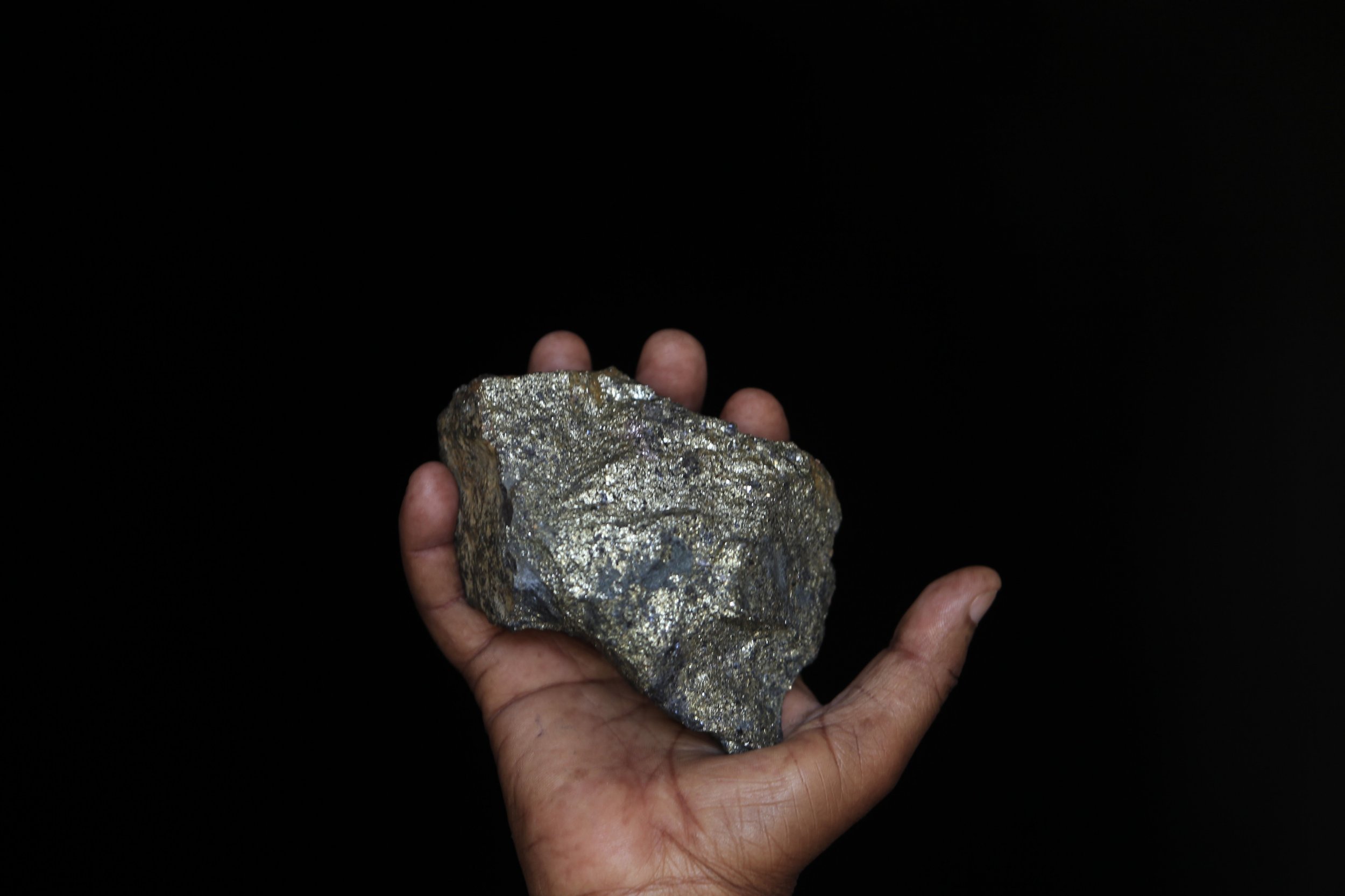
While more efficient metals recycling isn’t a cure-all for the cobalt shortages felt around the world, it can make a significant difference. If products were designed to make metals recovery feasible, and systems were set up to support it, the world could generate a new, renewable source of cobalt for the long run.

By nature, metals can be recycled, melted down and reformed an infinite number of times without losing their characteristics. Mixed metals can’t be separated out and reused.ĭesigning products with their end of life in mind - even having manufacturers be responsible for recycling their own products, as some already do - can make recycling a viable option. Small electronics like phones and smart watches that require tiny circuit boards and batteries are gunked up with adhesives. Part of the reason behind that low number is that e-waste recycling is a difficult thing to do. According to the UN, from 2014 to 2019, e-waste volumes grew by 21% - but in 2019, only 17.4% of that waste was recycled. Unfortunately, the first, and worst, option is the most common one today. The first two options pose a real challenge to using cobalt effectively - that metal is out of commission, and more material has to be produced to compensate. That device might (1) be thrown out, (2) sit in a basement collecting dust, or (3) be recycled. Today, when our phones can’t hold a charge, the coffee maker stops working, or the washing machine can’t be repaired in a cost-effective way, there are a few options for what happens next. If we want to make sure we have the materials we need to make the leap to a renewable energy future, our approach to materials like cobalt will have to change.Ĭobalt isn’t just in the batteries that power our renewable tech – it’s in consumer devices too.

Yet, we’ve been treating it as though there will always be as much as we want. Although each battery will likely be put to use for many years (and potentially be used again as stationary energy storage once it is no longer suitable for use in a vehicle), the transition to green transportation and a growing EV industry means that the volume of cobalt needed could outstrip what can actually be provided.Ĭobalt, by nature, is a finite resource: There is only so much that exists in the world. But based on operational mines and projected demand, forecasters predict that supply won’t be able to keep up with demand by 2030, or even as early as 2025.Ī single lithium-ion EV battery pack contains more than 30 pounds (14 kg) of cobalt, and larger vehicles, like electric buses and shipping trucks, can use much more. More than 70% of the world’s cobalt is produced in the Democratic Republic of Congo, and any nation that produces electronics wants in on that source. But production of cobalt, as well as lithium itself, is stretched to its limits. As long as that remains true, whoever controls access to cobalt will have the power to restrict or widen the path towards that future.Ĭobalt is an important component in lithium-ion batteries because it maximizes energy density and extends battery life. Cobalt has been a key metal used in lithium batteries, which are at the heart of technologies ranging from electric vehicles to energy storage systems that are essential to a renewable energy future.

In 2016, a U.S.-owned cobalt and copper mine in the Congo was sold to Chinese mining companies backed by the government in Beijing, in a deal that caused disquiet across the globe.


 0 kommentar(er)
0 kommentar(er)
